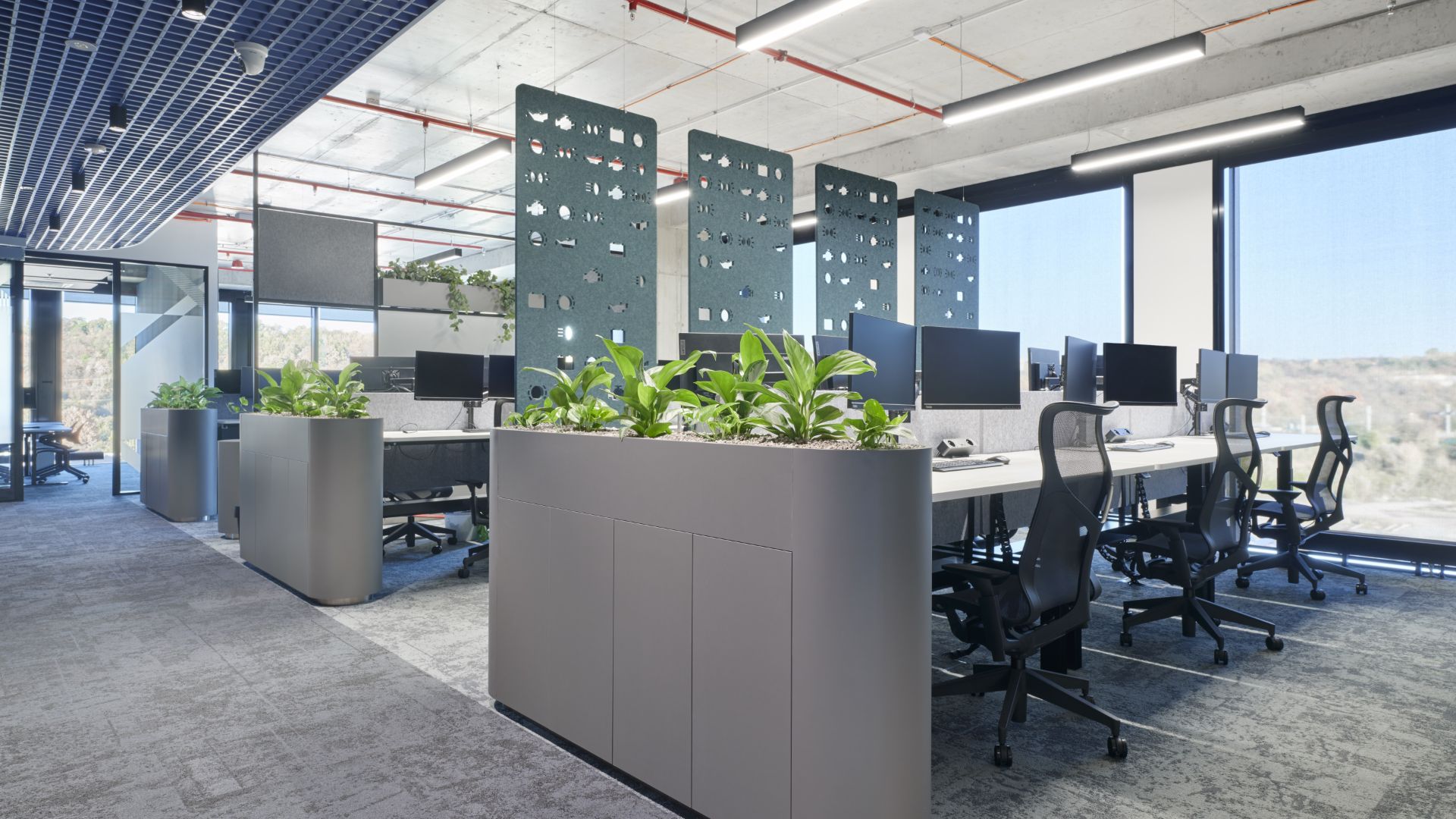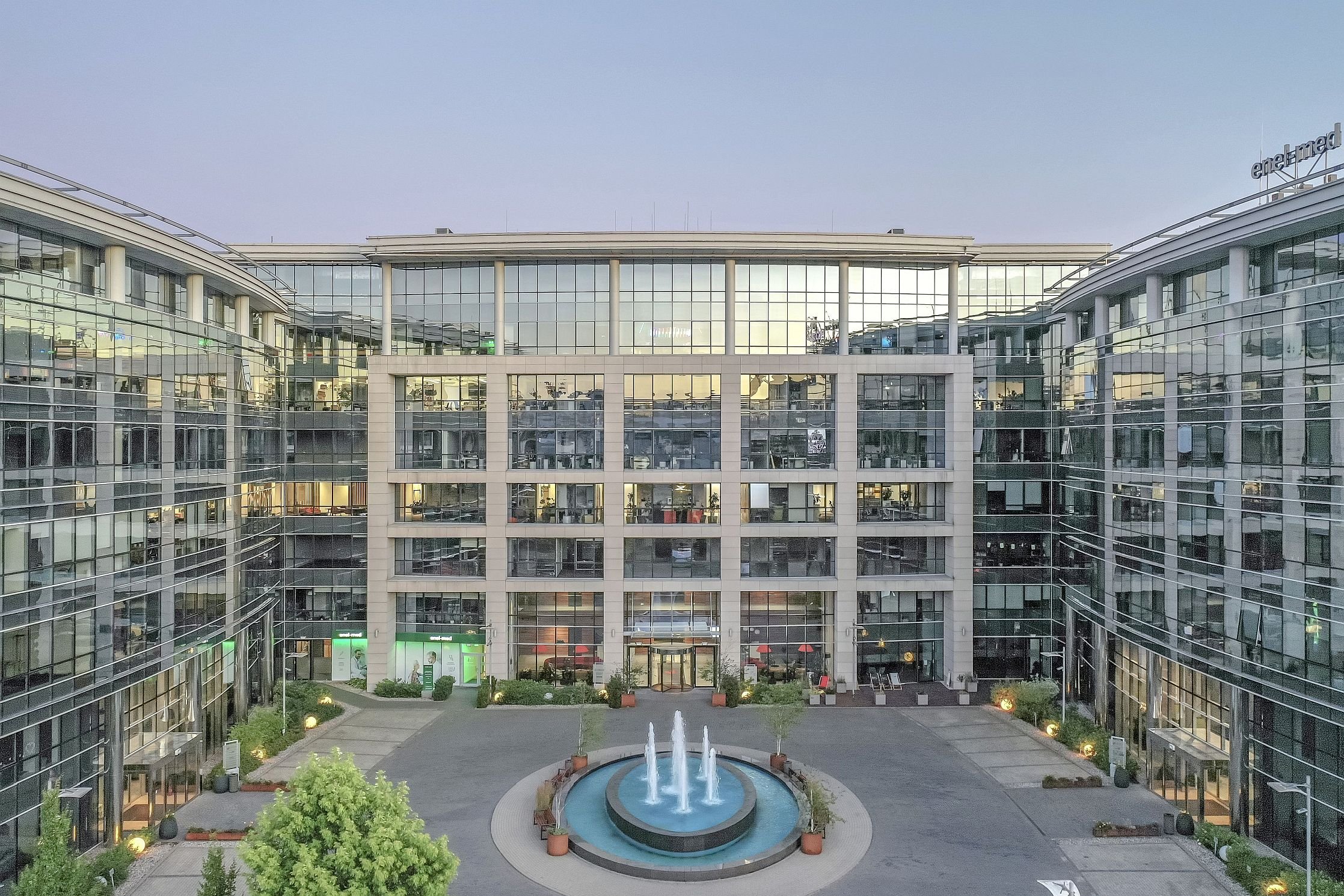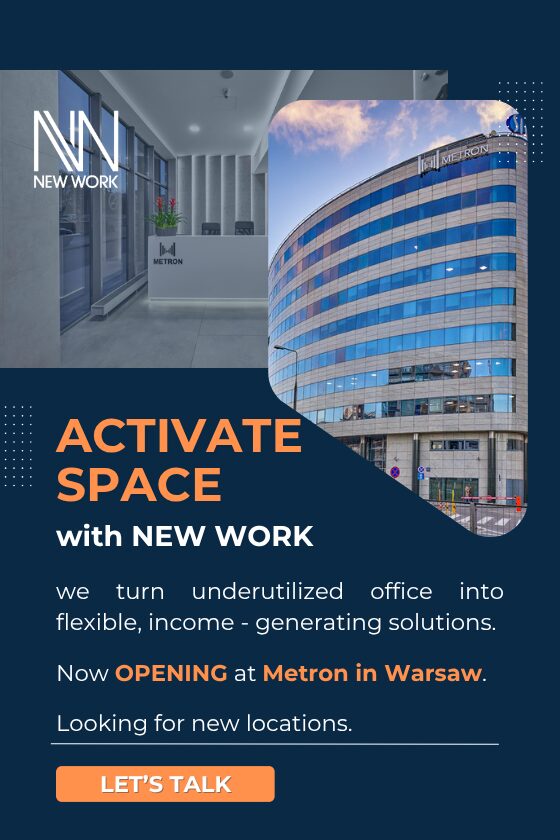Three years after the pandemic, employee disinterest remains a barrier to a widespread return to the office. Data from Colliers, obtained in collaboration with analytics platform Basking.io, shows that average office occupancy remains below 60 percent in most regions of the world, even at peak times. Organisations are therefore looking for new ways to attract and motivate employees to work from their corporate premises.
Basking.io’s analysis of 2024 data reveals a paradoxical situation. While companies are investing heavily in office space, usage remains low. More than 83 percent of the time, offices are in a quiet or “dead” state, with occupancy below 25 percent. Only 16 percent of the time do offices reach optimal occupancy levels between 50 and 80 percent.
“Companies should aim for occupancy levels between 50 and 80 percent; this is what makes an office a lively workspace that offers ideal conditions for spontaneous collaboration and natural interactions between individuals. An empty office does not work as a catalyst for innovation and collaboration, nor does it encourage communication,” says Jana Vlková, Director of Workplace Advisory and Office Agency at Colliers, adding that occupancy above 80 percent is too busy for many people. In such cases, they cannot concentrate.
The traditional approach to offices focuses on providing enough workspace for the busiest hours. However, this approach often leads to long periods of silence and empty spaces at other times. Data suggests that the ideal solution is to guarantee workspace for only 7 employees out of 10. The proportion of quiet days then falls from 83 percent to 38 percent, while the number of lively days rises from 16 percent to 56 percent. The result is therefore 2.5 times more vitality in the office.
Key Factors for Successful Returns
Many organisations try to entice employees to return to their corporate offices with free meals, social events and other incentives. However, research shows that these strategies have little or no impact on office use in the long run. Employees are not attracted by acoustic comfort or modern facilities, and management presence alone is insufficient if it is not accompanied by clear expectations.
Colliers’ research has identified key factors that have a demonstrable impact on increasing employee office presence:
- Job security – The strongest motivator is job security. Employees who have a guaranteed office job show up 0.5 to 1.3 more days per week. It does not have to be a personal desk. Knowing that a suitable workstation will be available when you arrive at the office is key.
- Regular Schedule – Employees with a fixed schedule of office visits spend an average of 0.7 to 1.1 days more per week at work than those without a fixed schedule. Incorporating office visits into the weekly routine helps stabilise daily logistics and reinforces habits associated with regular presence.
- Supervisor Expectations – Workers whose immediate supervisor expects them to be in the office spend an additional 0.3 to 0.9 days per week there. Interestingly, however, this effect does not work universally. Supervisor expectations have little effect on the on-site presence of employees over 40 and those in managerial positions.
- Presence of colleagues – Social ties affect office presence in a major way. Employees are more likely to come to the office when they know their colleagues will be there. The increase is as much as 0.6 days per week, with this effect reinforced by teamwork days.
- The right space for the right task – Employees want an environment with a fit-for-purpose design that encourages not only collaboration, but also offers spaces for privacy, quiet time and focus. Offices with such spaces have higher footfall up to 0.6 days per week.
How organisations should proceed
“The key to removing barriers to returning to the office is to strike a balance between flexibility and order. Instead of rigid regulations, it is better to set clear expectations for days spent in the office and establish a structured routine where employees know when they are expected to be present. It’s also important to encourage collaboration by introducing team office schedules, as employees are most engaged when their colleagues are with them,” says Jana Vlková.
The office should be seen as a goal, not an obligation. Employees must feel that the office adds value to their working day. Investing in dynamic, purpose-driven spaces alongside guaranteed seating will create a more attractive, productive workplace.
Commuting also remains a big barrier to returning to the office, according to Jana Vlková. The solution is simple, however, in the form of easily accessible space with a central location, combined with subsidised transport, parking or flexible working hours. Management also needs to change its approach to returning to the office and actively communicate the benefits of working in the office instead of enforcing mandatory on-site presence.







